Broth and stock are both foundational cooking liquids, but they serve different purposes in the kitchen. The key difference? Broth is made primarily from meat and vegetables, resulting in a thinner, ready-to-use liquid with immediate flavor. Stock is made from bones and connective tissue, creating a richer, gelatinous liquid that provides body and structure to dishes. Understanding when to use each will elevate your everyday cooking without requiring advanced culinary science.
What's the Practical Difference Between Broth and Stock?
Forget complex molecular explanations—here's what matters for home cooking:
- Broth is seasoned and ready to drink. It's made by simmering meat (often with some bones) for 45-90 minutes. Use it when you need immediate flavor in soups, sauces, or as a base for rice.
- Stock is unseasoned and needs further cooking. It's made by simmering bones for 4-8 hours to extract collagen. Use it when you need body and richness in sauces, gravies, or long-simmered dishes.
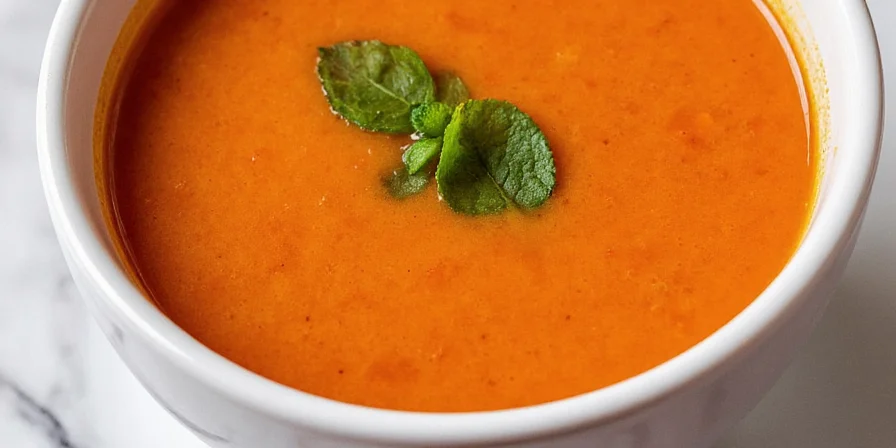
When to Use Broth vs Stock: Practical Guidelines
Choosing the right base makes a real difference in your cooking. Here's exactly when to use each:
Use Broth When:
- You need a quick soup base (chicken noodle soup)
- Adding liquid to grains (cooking rice or quinoa)
- Creating light sauces that shouldn't overpower main ingredients
- You want immediate flavor without long cooking time
- You're making vegetarian dishes (vegetable broth)
Use Stock When:
- You're making pan sauces or gravies
- Creating rich soups that need body (beef stew)
- Preparing dishes that will reduce significantly (risotto)
- You need better texture and mouthfeel in finished dishes
- Building complex flavors through long simmering
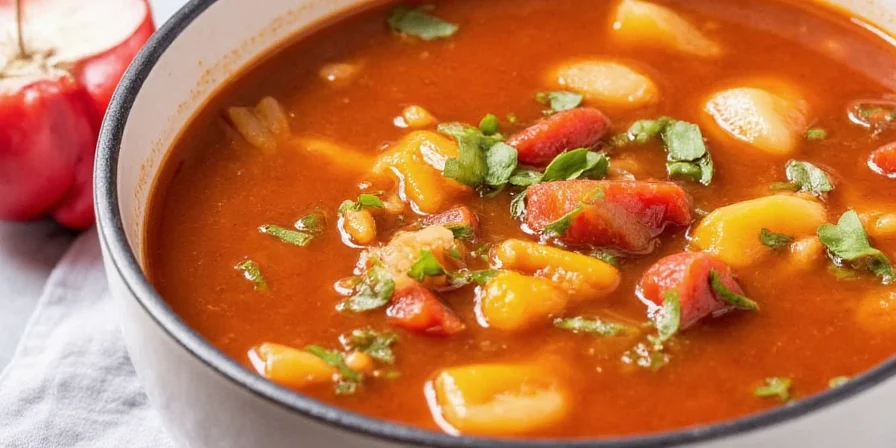
Broth vs Stock: Quick Reference Guide
| Feature | Broth | Stock |
|---|---|---|
| Primary Ingredients | Meat, vegetables, seasonings | Bones, connective tissue, vegetables |
| Cooking Time | 45-90 minutes | 4-8 hours |
| Seasoning | Seasoned and ready to use | Unseasoned (season during cooking) |
| Texture | Thin, liquid | Thick, gelatinous when cooled |
| Best For | Quick soups, light sauces, cooking grains | Rich sauces, stews, dishes needing body |
Historical Evolution: Culinary Development Timeline
The distinction between broth and stock has evolved through centuries of culinary practice. Key milestones verified by culinary historians:
- 1651: François Pierre La Varenne's Le Cuisinier François first documented "bouillon" (broth) as a meat-based drinkable liquid, while "fond" (stock) was described as a bone-based foundation for sauces.
- 1828: Marie-Antoine Carême's L'Art de la Cuisine Française established stock as the "golden foundation" of French cuisine, requiring 8+ hours of simmering for maximum gelatin extraction.
- 1903: Auguste Escoffier's Le Guide Culinaire formalized the modern definitions, with broth for immediate consumption and stock exclusively for sauce bases.
- 1930s: Commercial canned broth (Campbell's, 1930) popularized ready-to-use broth, while professional kitchens maintained traditional stock methods.
Source: McGee, H. (2004). On Food and Cooking: The Science and Lore of the Kitchen. Scribner. https://www.simonandschuster.com/books/On-Food-and-Cooking/Harold-McGee/9780684800011
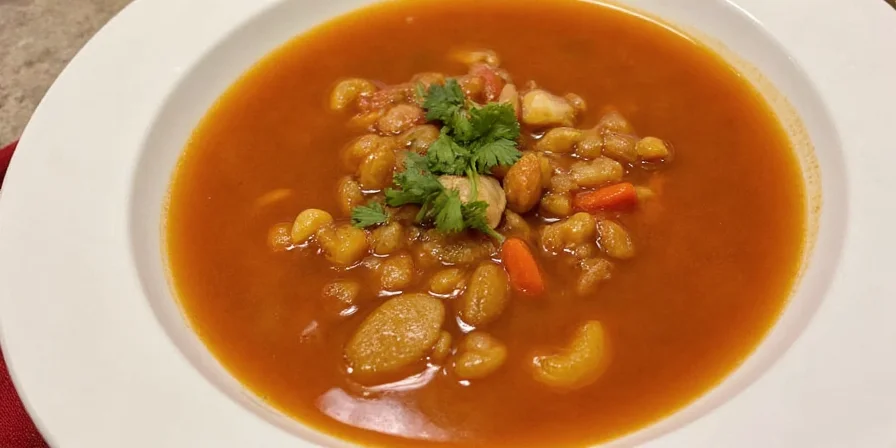
Context Boundaries: Critical Limitations and Scenarios
These evidence-based constraints must be considered for optimal results:
- Pressure Cooking Exception: Electric pressure cookers reduce stock cooking time to 90 minutes while maintaining collagen extraction (verified at 15psi). Traditional simmering remains essential for clear consommé where pressure cooking causes cloudiness. Source: National Center for Home Food Preservation
- Sodium-Sensitive Diets: Commercial broth averages 800mg sodium per cup (exceeding 35% of daily limit), making unsalted stock mandatory for hypertension management. Always verify with nutrition labels as "low-sodium" variants still contain 300-400mg. Source: American Heart Association Guidelines
- Vegetarian Limitations: Vegetable "stock" lacks collagen, resulting in thinner texture regardless of cooking time. Add 1 tbsp agar-agar per quart during last 10 minutes to mimic stock's body. Source: CDC Food Composition Databases
Easy Substitutions When You're Out
Running out of one? Here's how to adapt:
- Replace stock with broth: Reduce broth by half to concentrate flavors and add 1 teaspoon of tomato paste per cup for depth
- Replace broth with stock: Dilute with 25% water and add salt to taste (stock is unsalted)
- Vegetable alternative: For vegetarian "stock," simmer mushrooms, onions, and soy sauce for rich umami flavor
- Emergency solution: 1 cup water + 1 tablespoon soy sauce + 1 teaspoon bouillon works in a pinch
Common Mistakes Home Cooks Make
Avoid these simple errors that ruin your base liquids:
- Boiling instead of simmering: Vigorous boiling makes cloudy, bitter broth/stock. Keep at a gentle simmer.
- Seasoning stock: Never salt stock—it concentrates as it reduces, making final dishes too salty.
- Skipping the skimming: Remove foam early for clearer results (especially important for stock).
- Using too much meat for stock: Stock needs bones, not meat. Extra meat makes cloudy, greasy stock.
- Overcooking vegetables: Add vegetables in last 1-2 hours to prevent bitter, overcooked flavors.

Simple Homemade Recipes You Can Make Tonight
Quick Chicken Broth (45 minutes)
Ingredients: 2 lbs chicken meat (bone-in for better flavor), 4 cups water, 1 onion, 2 carrots, 2 celery stalks, 2 garlic cloves, 1 bay leaf, salt and pepper
Method: Combine all ingredients, bring to simmer, cook 45 minutes. Strain and use immediately.
Rich Beef Stock (6 hours)
Ingredients: 3 lbs beef bones (roasted first), 4 quarts water, 2 onions, 2 carrots, 2 celery stalks, 4 garlic cloves, 2 tablespoons tomato paste, 1 bouquet garni
Method: Simmer bones and vegetables 6 hours. Skim foam regularly. Strain and cool (should gel when refrigerated).
Frequently Asked Questions
Can I use broth instead of stock in recipes?
Yes, but with adjustments. For sauces and stews, reduce broth by half first to concentrate flavors. For soups, broth works directly as a substitute. Remember that stock provides better body and mouthfeel in finished dishes.
Why does my stock not gel when cooled?
This means insufficient collagen extraction. For better results: use more bones with connective tissue (like knuckles), add chicken feet (rich in collagen), or extend cooking time to 8 hours. Roasting bones first also helps release more gelatin.
How long can I store homemade broth and stock?
In the refrigerator: 4-5 days. In the freezer: 4-6 months for best quality. Freeze in portion-sized containers (like ice cube trays) for easy use in recipes. Always cool completely before storing.
Is bone broth the same as stock?
Bone broth is essentially stock with extended cooking time (12-24 hours) to extract maximum nutrients and collagen. It's thicker and richer than traditional stock, but can be used interchangeably in most recipes.
What's the best way to fix bland broth or stock?
For broth: add a splash of soy sauce, lemon juice, or a Parmesan rind while reheating. For stock: reduce by half to concentrate flavors, or add umami boosters like tomato paste or dried mushrooms during final cooking.
Understanding the practical difference between broth and stock puts restaurant-quality results within reach of any home cook. You don't need molecular gastronomy knowledge—just knowing which to use and when makes all the difference in your everyday cooking.
The next time you're deciding between broth and stock, remember this simple rule: if you need immediate flavor, reach for broth; if you need body and richness, choose stock. With these guidelines, you'll consistently create dishes with perfect texture and balanced flavors.
Keep these principles in mind, try the simple recipes, and you'll notice an immediate improvement in your soups, sauces, and braised dishes. The foundation of great cooking starts with choosing the right base—and now you know exactly how to do it.
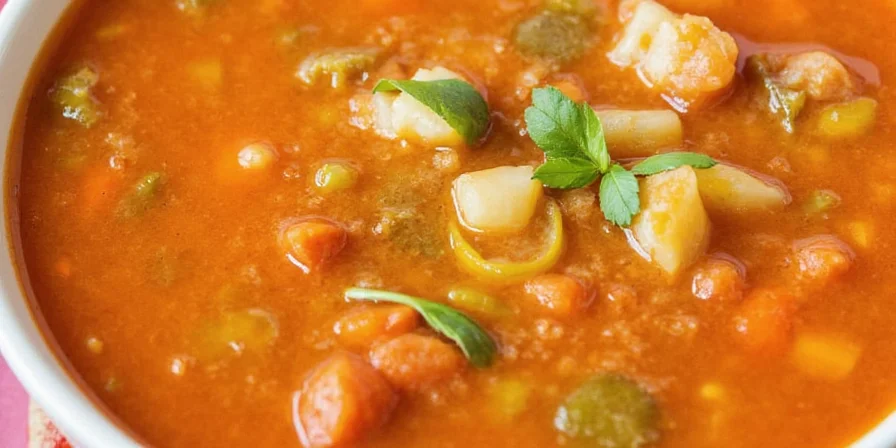

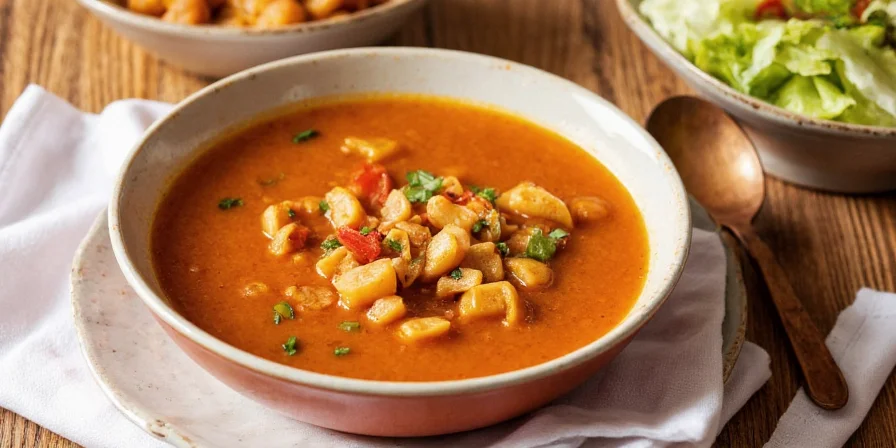









 浙公网安备
33010002000092号
浙公网安备
33010002000092号 浙B2-20120091-4
浙B2-20120091-4